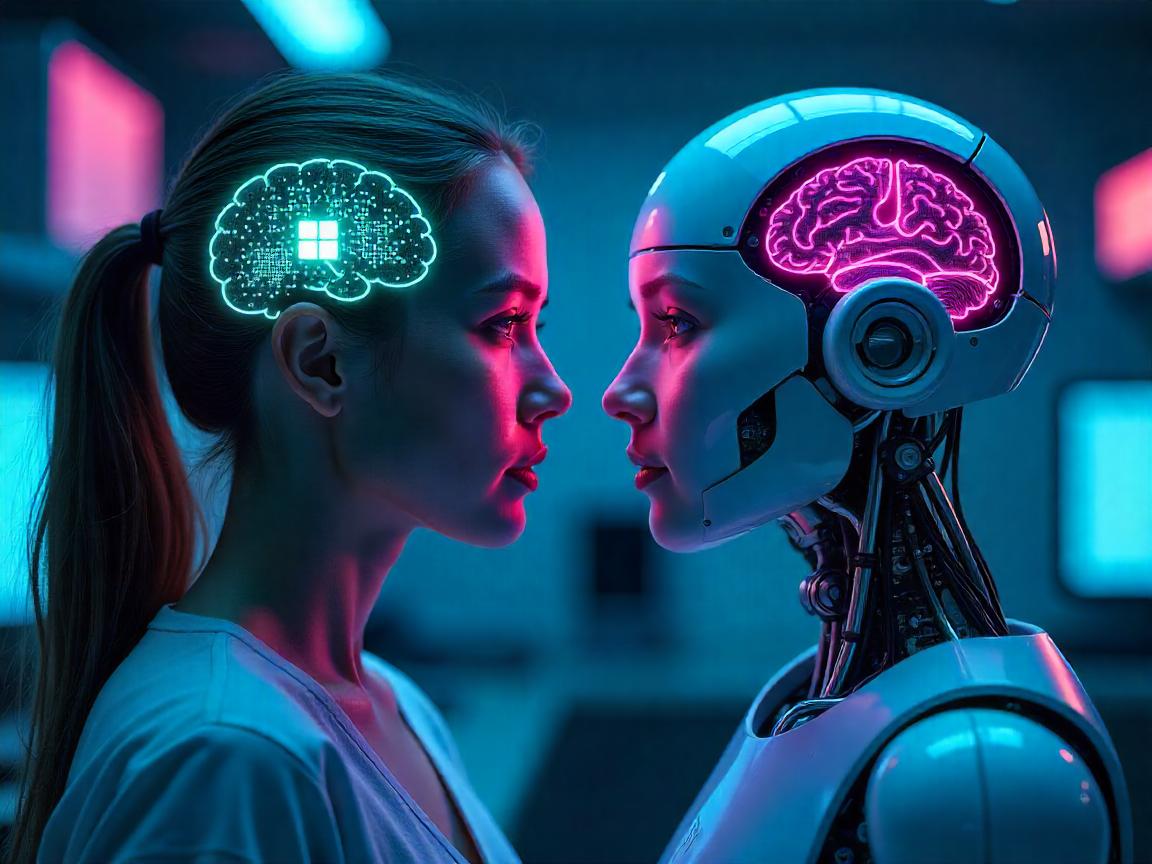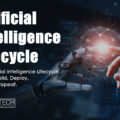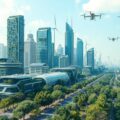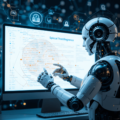In the digital age, Artificial Intelligence (AI) has rapidly evolved from academic theory to a cornerstone of modern innovation. From automating customer interactions to enabling autonomous vehicles, AI has transformed how industries operate and how we interact with the world. For years, these advancements have been driven by traditional AI systems—algorithms operating on classical computing hardware like CPUs, GPUs, and cloud infrastructure.
However, a new frontier is emerging: Neuromorphic Computing. Inspired by the structure and function of the human brain, neuromorphic systems promise greater efficiency, real-time adaptability, and a shift toward truly intelligent machines.
This article explores the core differences between Traditional AI and Neuromorphic Computing, discusses their respective strengths and challenges, and presents a compelling use case that highlights how each can solve entirely different problems—even within the same domain.
Understanding the Foundations
Traditional AI: Algorithmic Intelligence on Digital Hardware

Traditional AI refers to computer systems designed to perform tasks that typically require human intelligence. These systems are driven by statistical models and data-driven algorithms and are usually implemented on conventional hardware using the von Neumann architecture a design where memory and computation are physically separated.
Key features:
- Artificial Neural Networks (ANNs): While inspired by the human brain, ANNs are implemented in software and run on digital circuits. They require massive parallelism, which GPUs and TPUs provide.
- Training-dependent models: Traditional AI systems are trained offline on large datasets and later deployed in real-world environments.
- Supervised/unsupervised learning: Depending on the problem, AI models either rely on labeled data (supervised) or learn patterns in unlabeled data (unsupervised).
- Applications: Voice assistants, recommendation engines, autonomous vehicles, fraud detection, and image classification.
Traditional AI has brought remarkable breakthroughs. Natural Language Processing (NLP) models like GPT and BERT, computer vision systems, and AI-based logistics optimization are all testaments to its capabilities. However, traditional AI comes with certain limitations—especially in power consumption, real-time responsiveness, and edge deployment.
Neuromorphic Computing: Brain-Inspired, Energy-Efficient Intelligence
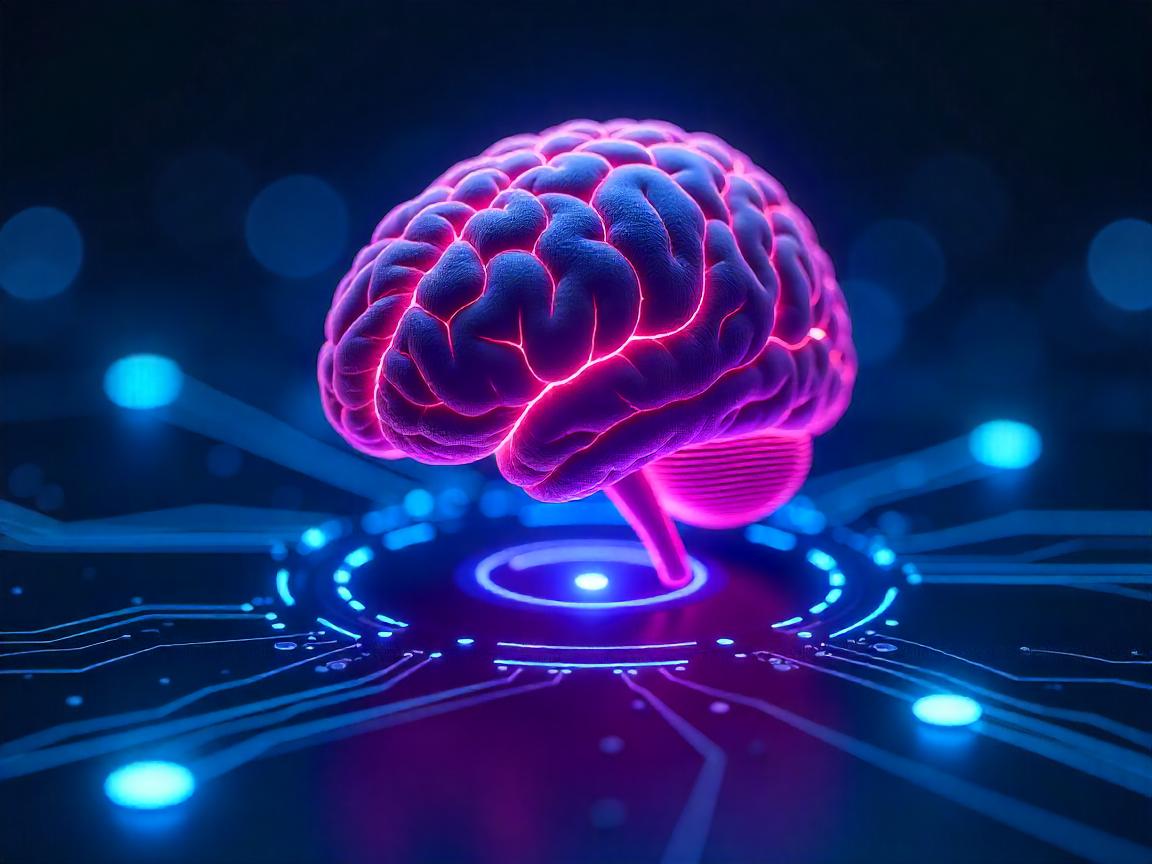
Neuromorphic computing is a non-traditional computing paradigm that mimics the neurobiological structures and processes of the human brain. Instead of sequential, clock-driven processing, neuromorphic systems utilize Spiking Neural Networks (SNNs) and event-driven architectures that behave more like biological neurons.
Key features:
- Spikes instead of signals: Neurons communicate through timed electrical spikes, encoding both data and timing in sparse patterns—ideal for representing real-world stimuli like audio or motion.
- Asynchronous processing: Unlike clock-driven CPUs, neuromorphic chips process data only when events (stimuli) occur, significantly reducing idle power consumption.
- Massively parallel architecture: Each “neuron” in the hardware operates independently, enabling real-time responsiveness.
- On-chip learning: Some neuromorphic chips are capable of adapting to new inputs without retraining in the cloud—this is called online learning.
Neuromorphic chips like Intel’s Loihi, IBM’s TrueNorth, and Brainchip’s Akida are designed for ultra-low-power operations and edge-based applications, such as drones, robotics, and IoT systems.
Key Differences: Traditional AI vs Neuromorphic Computing
| Aspect | Traditional AI | Neuromorphic Computing |
|---|---|---|
| Architecture | Von Neumann (separate memory and processor) | Neuromorphic (brain-inspired, integrated memory and processing) |
| Neural Model | Artificial Neural Networks (ANNs) | Spiking Neural Networks (SNNs) |
| Processing | Synchronous, clock-based | Asynchronous, event-driven |
| Learning | Typically offline, requires labeled data | Online, adaptive, few-shot learning |
| Energy Usage | High (especially with large models) | Very low, optimized for edge devices |
| Best Use Cases | Cloud-based applications, large datasets | Real-time edge systems, energy-constrained environments |
While traditional AI is excellent for data-heavy analysis and prediction tasks, neuromorphic computing shines in real-time, low-latency decision-making with minimal energy and computational resources.
Real-World Use Case: Smart Cities from Two Perspectives
To better understand how these technologies differ in application, let’s explore a unified domain smart cities but from two different angles that require unique solutions.
Use Case A: Traffic Flow Optimization with Traditional AI
Scenario: A metropolitan city faces rising vehicle congestion, leading to increased pollution, long commute times, and inefficient infrastructure use.
Objective: Optimize traffic flow using intelligent systems that can:
- Predict peak congestion periods.
- Adjust traffic signal timings in real-time.
- Suggest alternative routes to drivers via navigation apps.
Solution Using Traditional AI:
- Data Collection: Massive datasets from GPS-enabled devices, surveillance cameras, IoT road sensors, and historical traffic logs.
- Modeling: Deep learning and reinforcement learning algorithms trained on cloud infrastructure to identify traffic patterns and predict congestion zones.
- Deployment: Cloud-based inference systems control city-wide signal systems, issue alerts to navigation apps (like Waze or Google Maps), and optimize routes.
Advantages:
- Handles vast datasets with high accuracy.
- Scales to multi-city deployments.
- Integrates seamlessly with other enterprise systems.
Challenges:
- Requires constant internet connectivity.
- High computational and energy requirements.
- Risk of latency in high-traffic or poor-network areas.
Use Case B: Pedestrian Safety Alert System with Neuromorphic Computing
Scenario: In the same city, pedestrian accidents occur frequently at crosswalks during nighttime or poor visibility conditions.
Objective: Create a responsive, real-time safety system that:
- Detects pedestrian movement.
- Issues immediate alerts to drivers and pedestrians.
- Operates in remote or low-power environments.
Solution Using Neuromorphic Computing:
- Deployment: Neuromorphic chips like Brainchip’s Akida embedded in crosswalk poles or street lights.
- Input: Local cameras and microphones feed motion and sound data to SNNs.
- Processing: The system analyzes pedestrian movement in real time and triggers alerts (flashing lights, warning sounds, vehicle-to-infrastructure communication).
- Adaptation: Over time, the system learns to distinguish between normal movement (like birds, pets) and high-risk patterns (such as sudden pedestrian entry).
Advantages:
- Ultra-low energy—can be powered by small solar panels.
- No reliance on centralized servers or cloud.
- Ultra-fast response times; ideal for life-critical applications.
Challenges:
- Task-specific: Not suited for broad-scale data analysis.
- Early-stage hardware and limited developer tools.
- Less mature ecosystem compared to traditional AI.
Complementary Strengths, Not Competition
These two systems, though vastly different in structure and behavior, are not mutually exclusive. In fact, their strengths are complementary, particularly in edge-to-cloud architectures where both centralized intelligence and decentralized responsiveness are needed.
Hybrid Example: A city could use traditional AI to analyze city-wide traffic patterns and adjust infrastructure planning, while using neuromorphic systems at street level to provide real-time pedestrian safety.
Adoption Trends and Industry Outlook
Traditional AI Trends:
- Foundation Models: The rise of large-scale AI models like GPT-4 and Gemini has made AI more general-purpose.
- AI-as-a-Service (AIaaS): Cloud platforms offer plug-and-play models for businesses.
- Explainable AI (XAI): Greater emphasis on model transparency for regulated industries.
Neuromorphic Computing Trends:
- Hardware Innovation: Chips like Intel Loihi 2 support learning on-chip and can outperform GPUs in latency and power for specific tasks.
- Edge AI Integration: Neuromorphic processors are becoming part of IoT devices for predictive maintenance, surveillance, and medical wearables.
- Research Growth: Universities and R&D labs are actively exploring brain-inspired computing models, with applications in robotics and autonomous navigation.
Challenges to Consider
| Challenge | Traditional AI | Neuromorphic Computing |
|---|---|---|
| Tooling | Mature (e.g., TensorFlow, PyTorch) | Nascent frameworks, limited community |
| Scalability | Easy to scale in cloud | Harder to scale; hardware-dependent |
| Data Requirements | Needs vast data | Learns from fewer samples |
| Hardware Cost | Commodity hardware available | Specialized chips still emerging |
Despite these hurdles, neuromorphic computing is gaining traction especially as industries push toward more sustainable, energy-conscious AI solutions.
Conclusion: Two Minds of the Machine
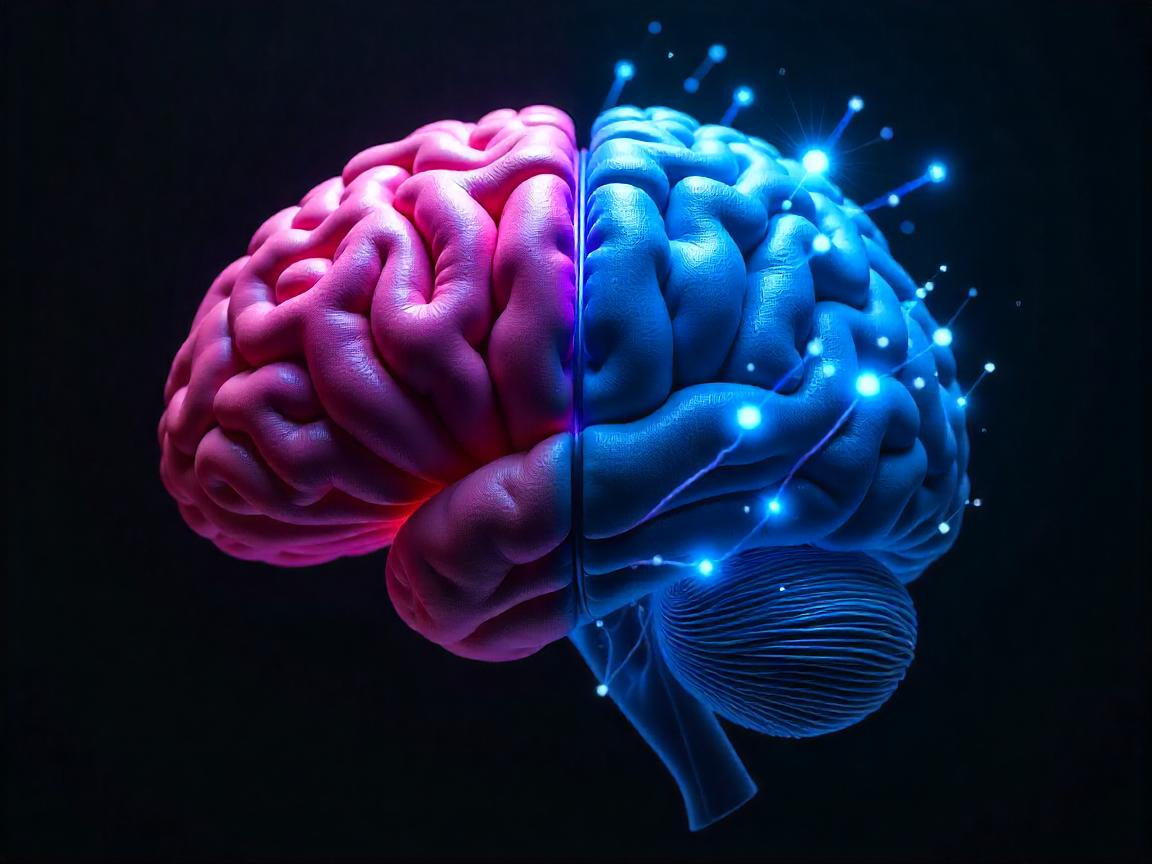
Traditional AI and Neuromorphic Computing represent two ends of the machine intelligence spectrum:
- One is data-hungry, compute-heavy, and powerful at scale.
- The other is biologically inspired, energy-efficient, and agile at the edge.
As we design intelligent systems for the future—whether in smart cities, healthcare, defense, or agriculture—the real innovation lies in combining both approaches. Traditional AI will remain the backbone of strategic decision-making and large-scale learning, while neuromorphic computing will act as the nervous system, enabling real-time responsiveness with minimal energy use.
Just as the human body relies on both the brain’s reasoning and the reflexes of the spinal cord, the future of AI will require both thinking and reacting powered by the synergy of these two paradigms.
At Bantech, we blend time-tested principles with emerging technologies to build scalable, intelligent solutions. Whether you’re exploring AI for enterprise or deploying neuromorphic computing at the edge—we’re here to help.
Let’s build the future, intelligently.
